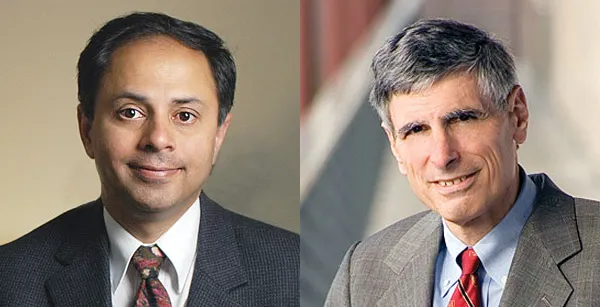
Stanford Report - June 10th, 2009
The Canary Foundation and the School of Medicine announced June 9 their commitment of $20 million to create the Canary Center at Stanford for Cancer Early Detection, a research center that will be dedicated to improving the ability spot cancers early on.
The center will include a first-of-its-kind facility that combines in vitro and in vivo strategies to enhance future cancer detection and patient management. The center will include cancer proteomic research for early blood/body fluid markers (in vitro diagnostics) and molecular imaging (in vivo) to verify the presence and location of tumors. Currently, there is a lack of clinical tools that reliably detect signs of early tumors. If these tools were made available, the hope is that physicians would have a better chance of treating and even curing cancer.
The foundation, a nonprofit organization that funds research in early cancer detection, is pledging $15 million toward the center, doubling its earlier commitment to the university. The medical school, together with the school's Department of Radiology, is committing $5 million through faculty recruitments, research facilities and other infrastructure.
The center will be led by Sanjiv Sam Gambhir, MD, PhD, professor of radiology, director of the Molecular Imaging Program at Stanford and a member of the Stanford Cancer Center. It will be located at 1501 California Ave. in Palo Alto. It will have strong ties to Stanford's Cancer Center with a view toward translating the early detection research into clinical practice.
"With the establishment of Canary Center for Cancer Early Detection, we've realized our goal in building the first integrated facility that can attract and develop the best minds in the world to tackle the problem of cancer early detection," said Don Listwin, founder and chair of Canary Foundation. "The facility is a part of our vision for the future—the one we're working toward—where one day most cancers will be detected early and eliminated."
Early detection has proven value. One example is the Pap test. Thanks to this simple screening test, there has been a 70 percent decline in cervical cancer incidence and deaths in developed countries since 1950. Studies have shown that, for nearly all types of cancer, the five-year relative survival rate is substantially lower when the disease is caught in an advanced stage. In addition to saving lives, prevention and early detection have the potential to reduce the cost of treatments, which totaled $93 billion in the United States in 2008.
"Throughout Stanford's history, we have recognized the importance of medical research and education and its role in serving the public, and today the Stanford medical community is a leader in cancer research," said Stanford President John Hennessy, adding that the foundation's gift "will enable researchers to focus on early discovery, saving lives and benefiting many in the greater community."
Medical school dean Philip Pizzo, MD, said the center will "leverage Stanford's unique technologies and innovations to accelerate new and improved tools for detecting cancer. Early detection can greatly increase the odds of successful cancer treatment. I am grateful to Canary Foundation and its supporters for their commitment to our shared goal—to improve cancer detection and survivorship."
